The 2012 Wikimedia Commons Pictures of the Year (12 pictures)
The winners of the Seventh Annual Wikimedia Commons Picture of the Year Contest were just announced, and the top 12 finalists are just as remarkable as years past. With over 3990 voters, Pierre Dalous (User: Kookburra 81) took home top honours with his photograph of European Bee-eaters.
Round 1 of voting began in mid-January with Round 2 commencing in early February. Eligible images consisted of all pictures selected and remaining as Featured pictures during 2012 (more than 750 pictures were Featured in 2012). To see all 44 finalists from Round 2, click here.
First Place
European Bee-eater, Ariège, France
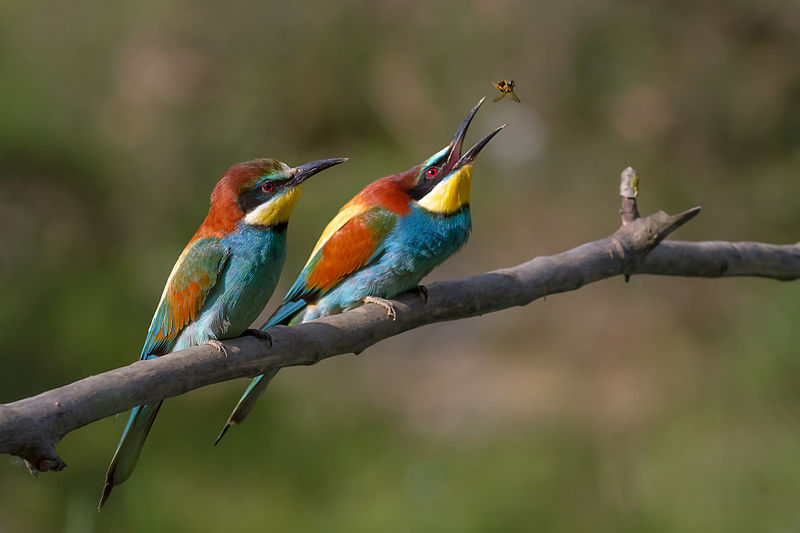
Photograph by Pierre Dalous (User:Kookaburra 81)
#1 – 347 votes in Final; Category in Round 1: Birds. European Bee-eater, Ariège, France. The female (in front) awaits the offering which the male will make.
Second Place
Magnificent CME Erupts on the Sun – August 3
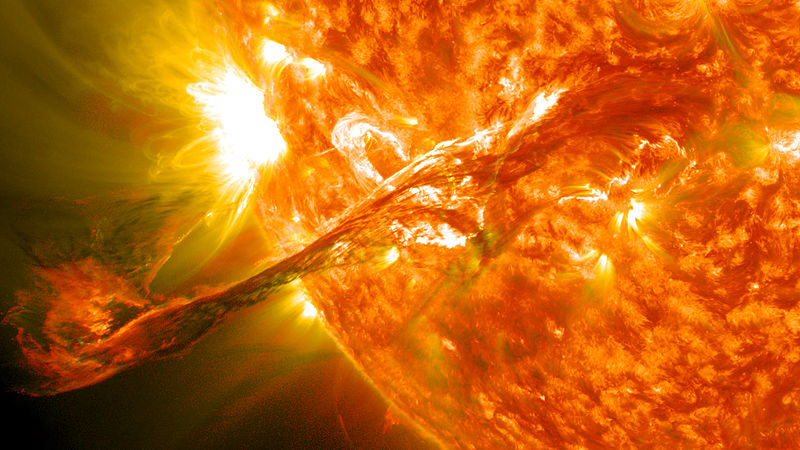
Photograph by NASA Goddard Space Flight Center
#2 – 304 votes in Final; Category in Round 1: Astronomy. On August 31, 2012 a long filament of solar material that had been hovering in the Sun’s atmosphere, the Corona, erupted out into space at 4:36 p.m. EDT. The coronal mass ejection, or CME, traveled at over 900 miles per second. The CME did not travel directly toward Earth, but did connect with Earth’s magnetic environment, or magnetosphere, causing aurora to appear on the night of Monday, September 3. Pictured here is a lighten blended version of the 304 and 171 angstrom wavelengths. Cropped.
Third Place
Light Bulb Shot with an Airsoft Pistol

Photograph by Stefan Krause, Germany (User:Ritchyblack)
#3 – 209 votes in Final; Category in Round 1: Objects. High-speed photography of a light bulb shot with an airsoft pistol (positioned right of the lamp). The camera was triggered by a photocell, which was located in front of the pistol muzzle. Because of the low energy of the projectile, the bulb burst and only few fragments were swept away. This gives the impression that the bulb is exploding. The scenery was “frozen” with flash lamps which had flash durations of 1/6000-1/8000 seconds (depending on their power). The threaded base on the bulb was added later by digital photo editing, because having the bulb screwed into a lamp socket (see other versions below) made the image less impressive.
Fourth Place
Måbødalen, 2011 August
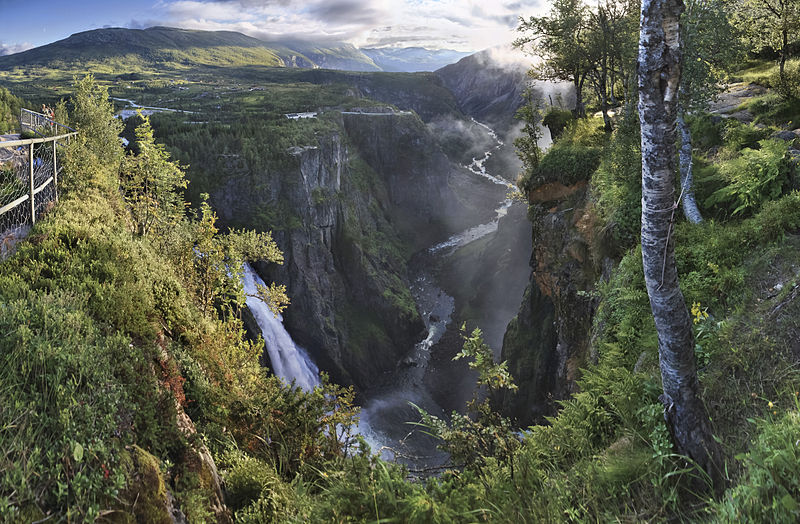
Photograph by Simo Räsänen (User:Ximonic)
164 votes in Final; Category in Round 1: Nature views. A wide evening view to Måbødalen in Eidfjord municipality, Hordaland, Norway, in 2011 August. The view has been captured from the eastern end of the valley.
Fifth Place
Yak near Yamdrok lake, Tibet
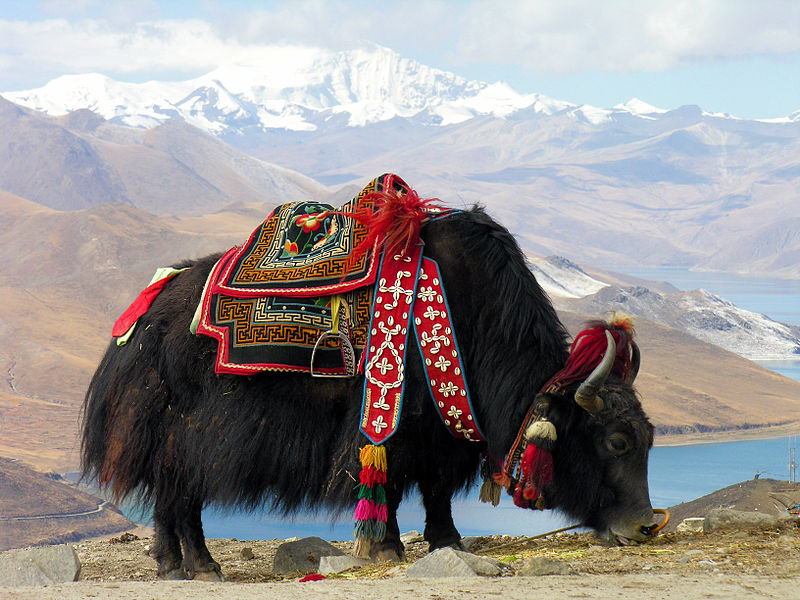
Photograph by Dennis Jarvis (User:Archer10)
160 votes in Final; Category in Round 1: Mammals. Yak near Yamdrok lake, Tibet. It is a long-haired bovinae found throughout the Himalayan region of south Central Asia, the Tibetan Plateau and as far north as Mongolia and Russia. The Tibetan economy is dominated by subsistence agriculture. Due to limited arable land, the primary occupation of the Tibetan Plateau is raising livestock, such as sheep, cattle, goats, camels, yaks, dzo, and horses. The Tibetan yak is an integral part of Tibetan life.
Sixth Place
Šmarjetna gora
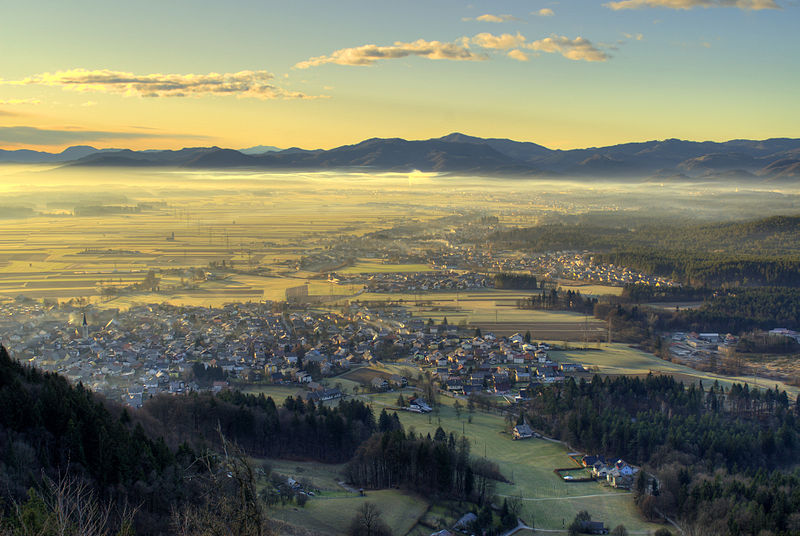
Photograph by Mihael Grmek (User:Meho29)
153 votes in Final; Category in Round 1: Cities and ruins. Šmarjetna gora, view towards Škofja Loka, Slovenia.
Seventh Place
Heritage castle park in Pszczyna, Poland
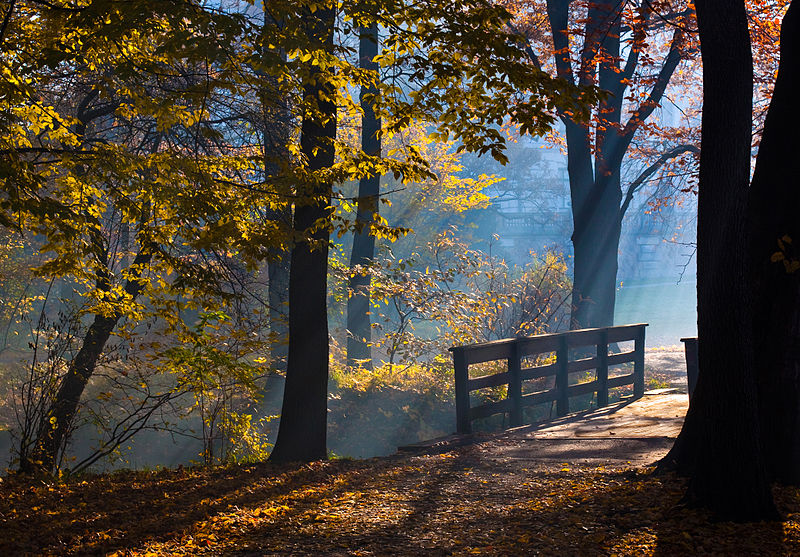
Photograph by Jacek Cisło (User:Poranek)
151 votes in Final; Category in Round 1: Nature views. Heritage castle park in Pszczyna, Poland.
Eighth Place
Darvasa Gas Crater Panorama
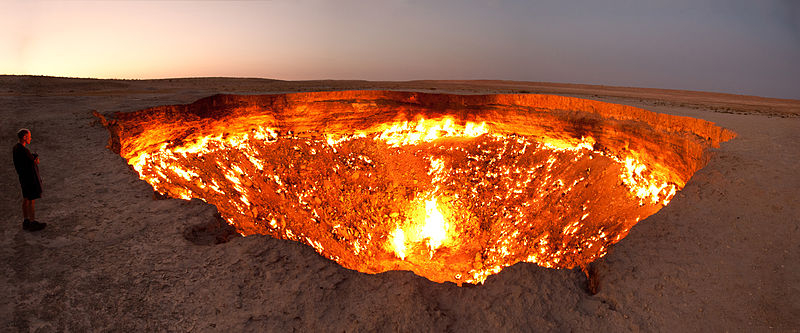
Photograph by Tormod Sandtorv (Flickr) – edited by User:Hellbus
150 votes in Final; Category in Round 1: Nature views. Door to Hell, a burning natural gas field in Derweze, Turkmenistan. It´s actually bigger than it looks. Three 17 mm shots stitched together.
Ninth Place
Vasco da Gama Bridge, Lisbon, Portugal
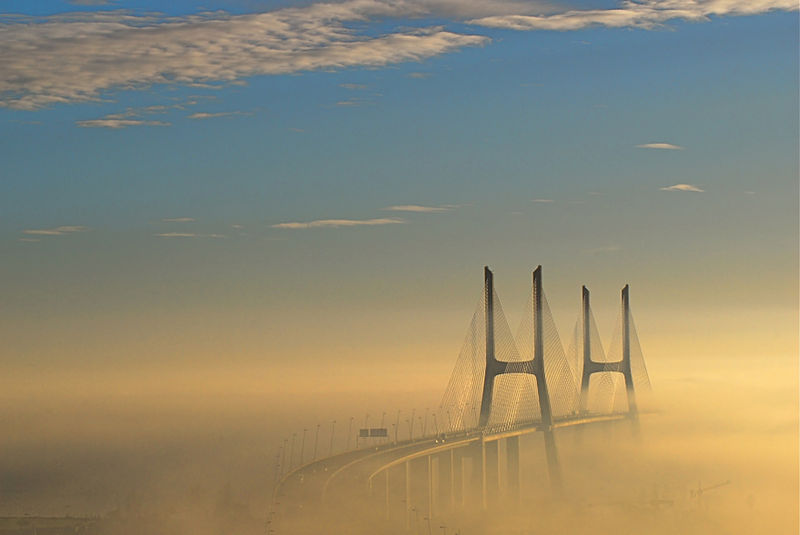
Photograph by F Mira (Flickr)
139 votes in Final; Category in Round 1: Constructions and buildings. Merging in the mist – Vasco da Gama Bridge, Lisbon, Portugal.
Tenth Place
Tarvasjõgi at Kõrvemaa Nature Park in Estonia

Photograph by Ireen Trummer (User:Ireena)
134 votes in Final; Category in Round 1: Nature views. Tarvasjõgi, Kõrvemaa Nature Park, Estonia.
Eleventh Place
Endeavour silhouette
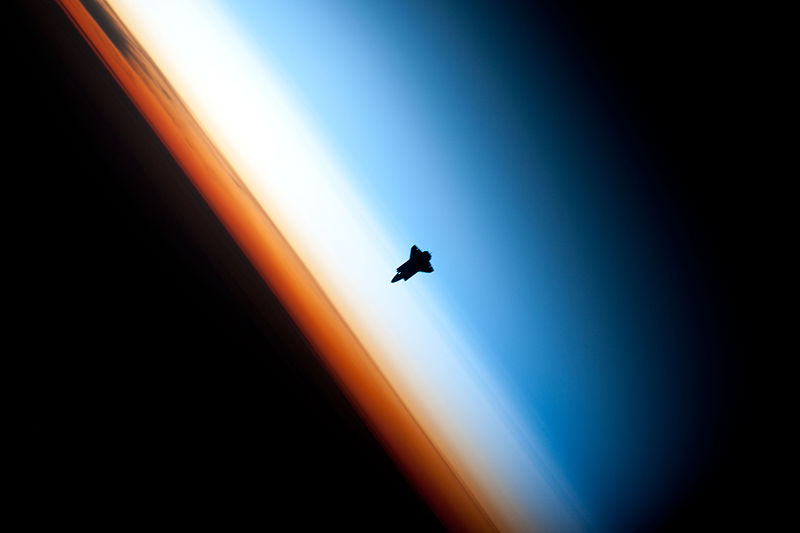
Photograph by Crew of Expedition 22 (NASA)
126 votes in Final; Category in R1: Astronomy. Though astronauts and cosmonauts often encounter striking scenes of Earth’s limb, this unique image, part of a series over Earth’s colorful horizon, has the added feature of a silhouette of the space shuttle Endeavour. The image was photographed by an Expedition 22 crew member prior to STS-130 rendezvous and docking operations with the International Space Station. Docking occurred at 11:06 p.m. (CST) on Feb. 9, 2010. The orbital outpost was at 46.9 south latitude and 80.5 west longitude, over the South Pacific Ocean off the coast of southern Chile, with an altitude of 183 nautical miles when the image was recorded. The orange layer is the troposphere, where all of the weather and clouds which we typically watch and experience are generated and contained. This orange layer gives way to the whitish Stratosphere and then into the Mesosphere. In some frames the black color is part of a window frame rather than the blackness of space.
Twelfth Place
Arlington Row, Bibury, UK
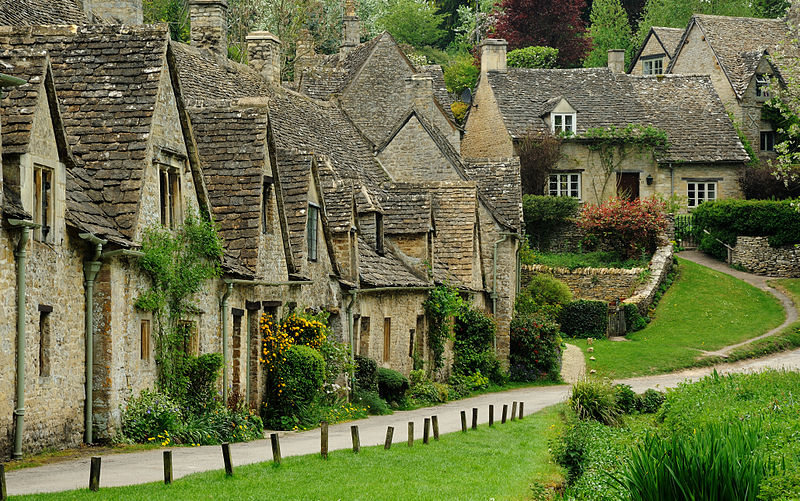
Photograph by User:Saffron Blaze
112 votes in Final; Category in Round 1: Cities and ruins. Arlington Row, Bibury, UK, built in 1380 as a monastic wool store. The buildings were converted into weaver cottages in the 17th century.
